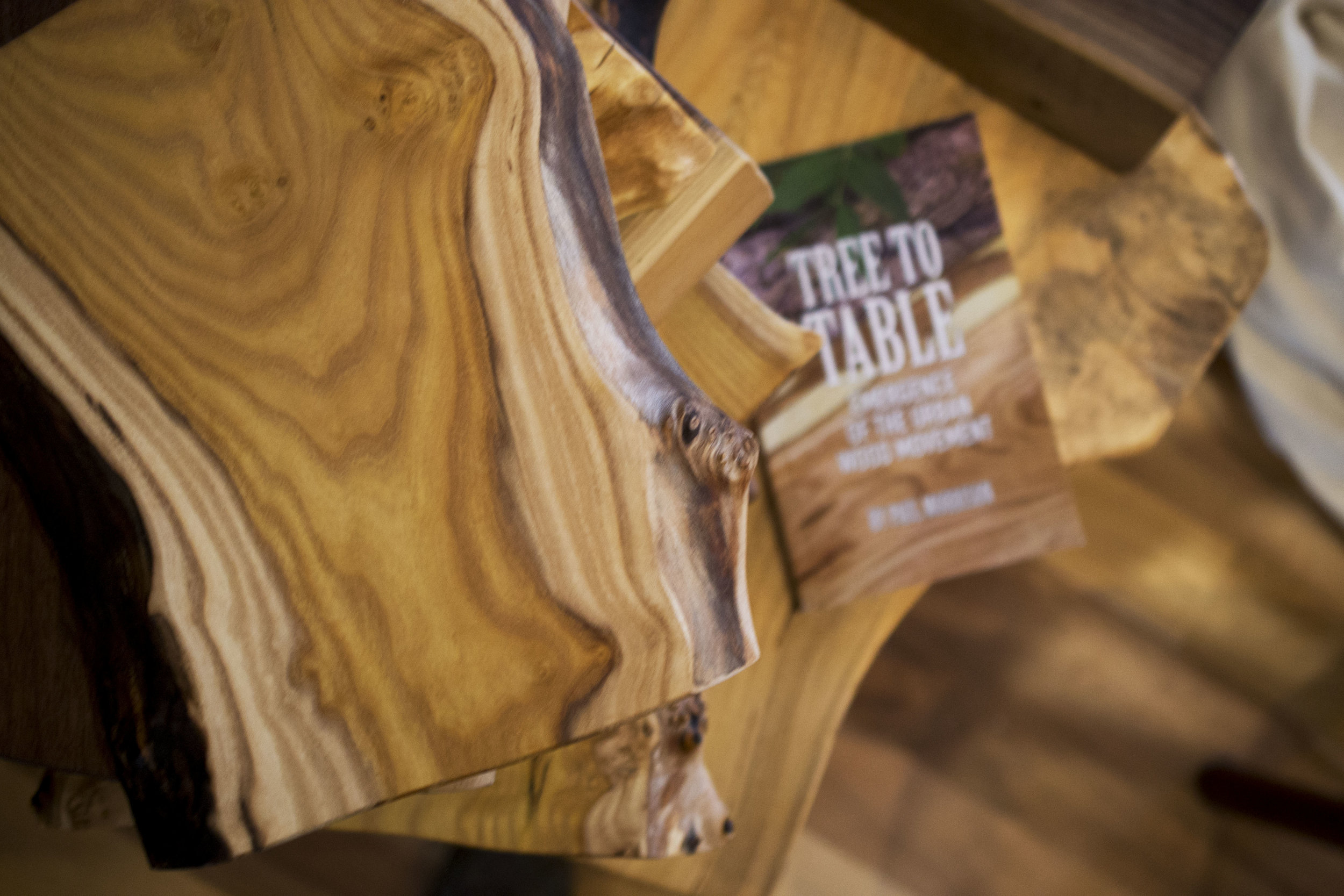What is Urban Wood?
THE FOLLOWING IS AN EXCERPT FROM PAUL’S BOOK, TREE TO TABLE: EMERGENCE OF THE URBAN WOOD MOVEMENT
“Urban Wood noun; lumber produced from trees that were removed for reasons other than harvest of their lumber.
The purpose for this term is intentionally vague and will likely vary regionally, if not project by project. And that’s fine, for a number of reasons, some of which are easy to describe, others become evident with time.
The reality is that trees are everywhere and trying to draw a line between which trees are “in” and which are “out” gets crazy. In most cases, we are talking about a tree that grew in an urban setting, but most professionals in this new industry realize there are many other trees that come down for various purposes, but don’t fit the normal scenario of a woodlot owner deciding it’s time to harvest lumber. Let’s consider a few:
Example | The Backyard American Elm
This tree once held the barn rope swing.In the spring the rope shrank several feet from the repeated wet/dry cycles over the winter months, just like a new pair of jeans that lingered too long in the dryer.The swing was barely within reach.By August the rope had stretched so close to the ground that your legs barely cleared the ground as you pumped your feet.Then with each rain, the swing was instantly a foot taller.One summer when the rope was at a high point, little Paul tried to jump onto the swing and slipped off the plank seat, and both tumbled to the ground; Paul first, then the 2x6 plank.It all happened so fast, but I know this was the sequence, because when it hit the top of my head I started bleeding like crazy.This was only one of many trips to the ER for my mom, but this is where I first learned about harvesting urban wood.But it wasn’t because of the swing.Within a few years the tree succumbed to Dutch elm disease and needed to come down.Clearly this tree was an urban wood candidate, and it was my first experience with seeing a yard tree turned into lumber.”

